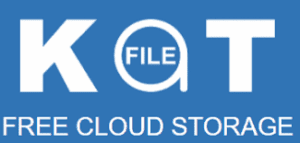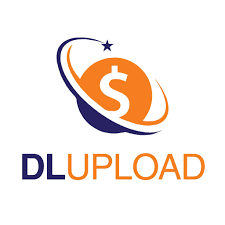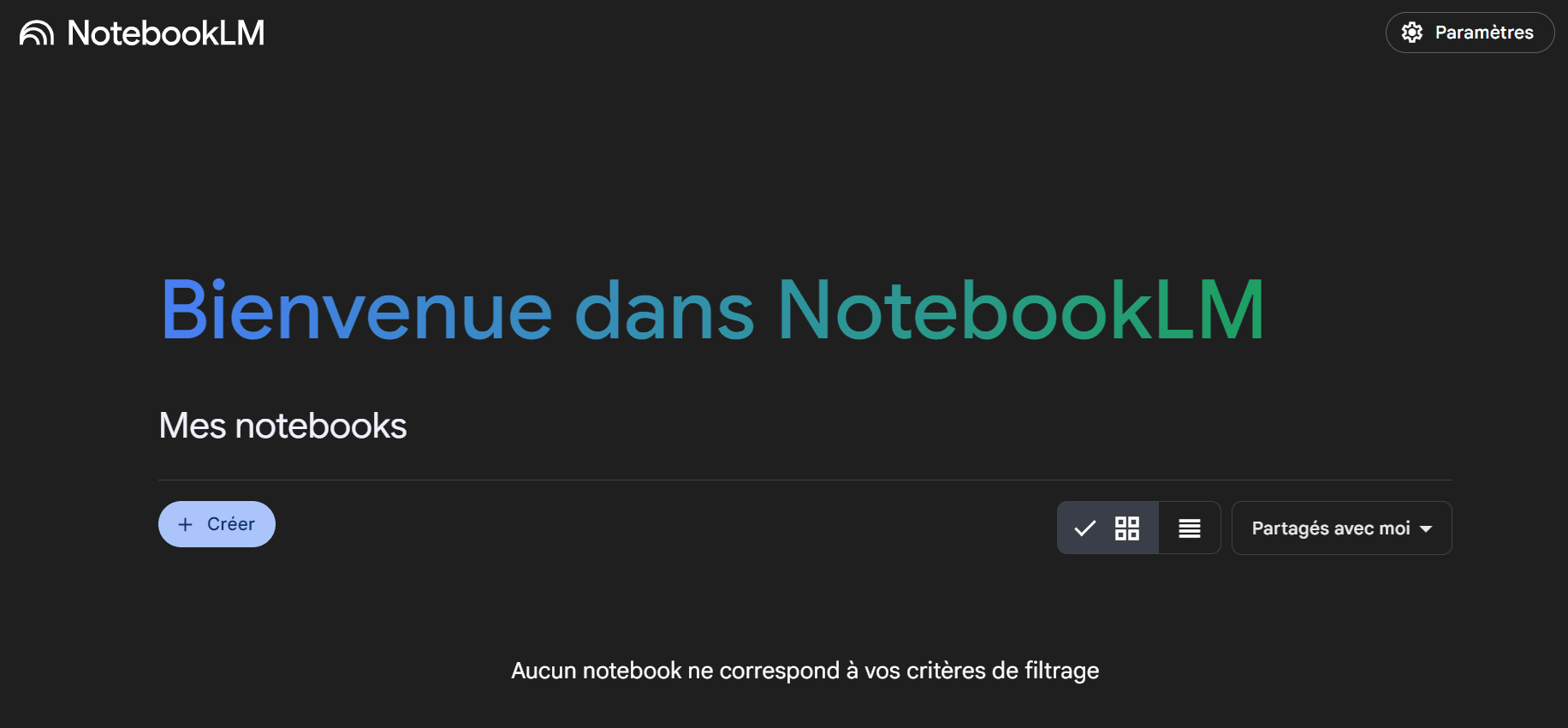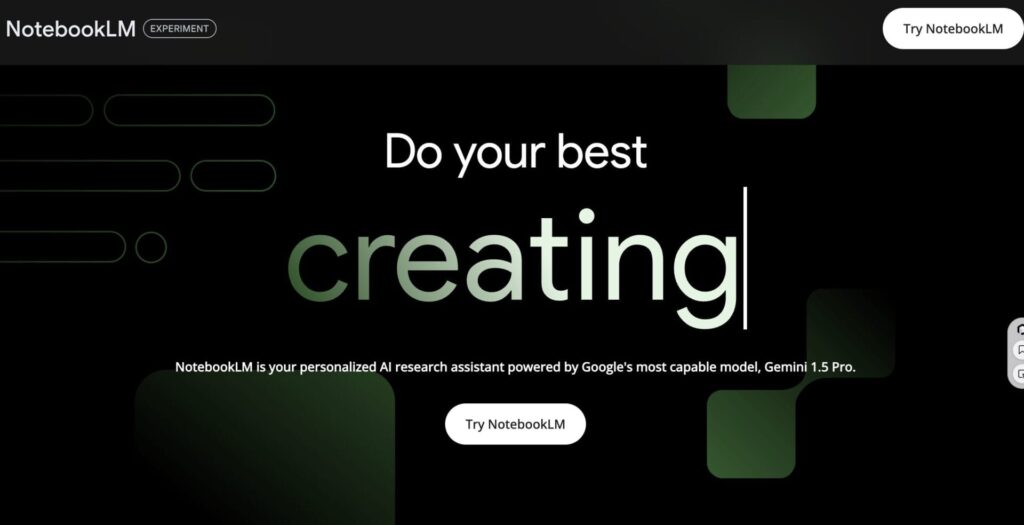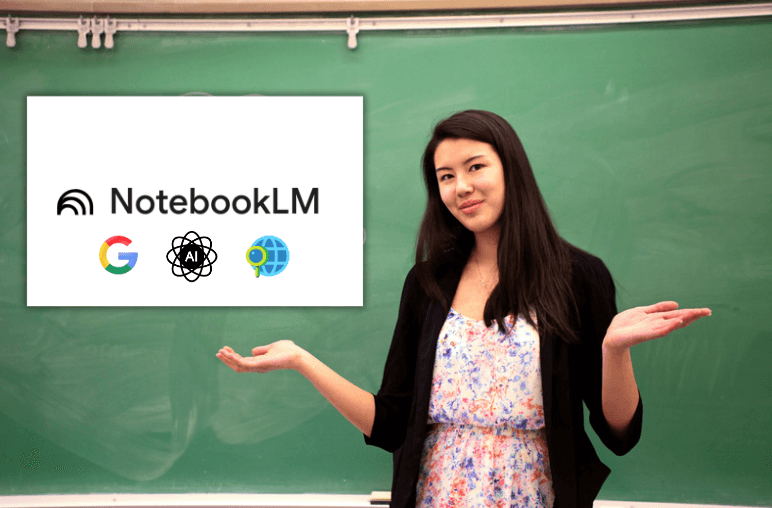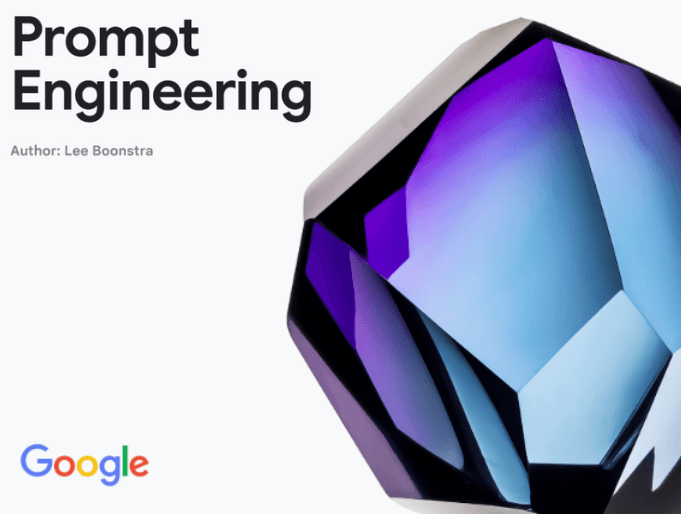NotebookLM simplifies SEO optimization
Want to improve your website's SEO without spending hours analyzing data or writing reports? NotebookLM Simplifies SEO Optimization, a smart tool created by Google, can help you optimize your SEO simply and effectively. This article explains, in clear terms, how NotebookLM can save you time and improve your site's visibility, whether you're an entrepreneur, a retailer, or a consultant.
What is NotebookLM?
NotebookLM is an assistant that reads and understands your documents (PDFs, tables, notes, emails, videos, etc.) to extract useful information from them. Unlike other tools, it focuses only on your data, making it accurate and tailored to your needs. It's like having an SEO expert working for you, but without the complicated jargon.
Why use NotebookLM for your SEO?
Here are the main benefits of NotebookLM for you and your website:
1. Create clear reports to track your progress
Want to know how your site is performing on Google? Upload your data (like Google Search Console stats or your ratings) into NotebookLM. In just a few minutes, the tool will give you:
- What works well (e.g. pages that attract clicks).
- What needs to be improved (e.g. poorly ranked pages).
- The next steps to prioritize.
This allows you to present simple reports to your clients or team, without spending hours sorting through numbers.
2. Study your competitors quickly
To outperform your competitors, you need to understand what they do best. With NotebookLM, import data about their sites (pages, keywords, content) and the tool will tell you:
- What topics they cover well.
- Which pages attract the most visitors.
- What you could do to stand out.
This is perfect for preparing a strategy before a meeting or for adjusting your content.
3. Organize your site content
A well-structured website helps Google understand your site better. NotebookLM can analyze your keywords and website to:
- Suggest a logical organization of your pages.
- Suggest clear titles for your articles or products.
- Group your content by theme to strengthen your SEO.
This makes your site more attractive to search engines and clearer for your visitors.
4. Create FAQs that attract customers
FAQs (frequently asked questions) are a great way to attract visitors who ask questions on Google. NotebookLM can transform your product listings, service pages, or terms and conditions into an optimized FAQ:
- It finds questions your customers might ask.
- He writes clear and appropriate answers.
- It offers formulations that match what people are looking for.
It's an easy way to enhance your site without complicating the user experience.
5. Prepare your meetings in the blink of an eye
Got a meeting with a client or partner and don't have time to review everything? NotebookLM can create a quick summary (even audio!) based on your emails, stats, or notes. You arrive prepared, with a clear head, and stress-free.
What is NotebookLM?
NotebookLM is an assistant that reads and understands your documents (PDFs, tables, notes, emails, videos, etc.) to extract useful information from them. Unlike other tools, it focuses only on your data, making it accurate and tailored to your needs. It's like having an SEO expert working for you, but without the complicated jargon.
Why use NotebookLM for your SEO?
Here are the main benefits of NotebookLM for you and your website:



